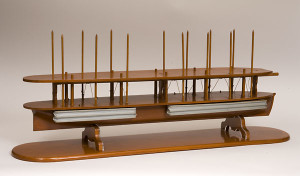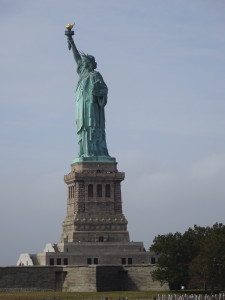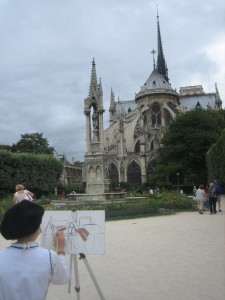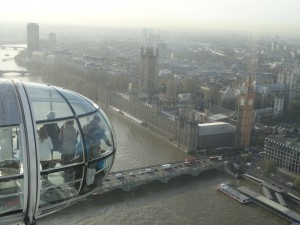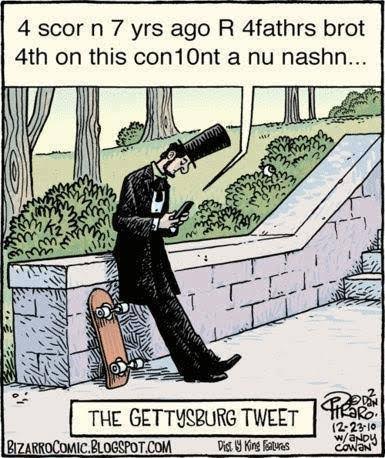I’m currently with the Lincoln Group of DC on a tour of Lincoln’s Illinois. I’ve been filing reports to LGDC members who didn’t make the trip, so here are some highlights of our first couple of days.
Day 0
Twenty-three Lincoln Group of DC members came by planes, trains, and automobiles from DC, California, and even the Pacific Northwest to Bloomington, Illinois. The reason? To experience Abraham Lincoln’s Illinois, from the towns that he practiced law on the circuit, to where he gave some of his most famous speeches, and to the tomb that holds his body. This first day was a day of gathering. Trickling in throughout the day, we met as a group for the first time Sunday evening and introduced ourselves. Former Abraham Lincoln Association (ALA) President Bob Lenz welcomed us to Bloomington, the home of David Davis, a Lincoln confidante on the circuit, campaign manager, and eventual Supreme Court Justice who would go on to write a famous decision declaring some of Lincoln’s acts unconstitutional. We’ll hear more about that tomorrow.
Each day we’ll provide an update on where we’ve been and some of the people we’ve met. As the week progresses we’ll spend time in riding the 8th circuit, seeing Lincoln (the city), Atlanta (the Illinois city, not the Georgia one), various sites around Springfield (including the Abraham Lincoln Presidential Library and Museum), New Salem, and wave to the Long Nine Museum on our way to Funk’s Grove.
Day 1
Our first full day was spectacular. Starting in Bloomington, we were joined on our bus by Bob Lenz and Guy Fraker, author of Lincoln’s Ladder to the Presidency: The Eighth Judicial Circuit (http://www.lincolnsladder.com/) There is nothing better than having the expert on the eighth circuit giving a running commentary as we tour Lincoln’s life on that very same eighth circuit.
Our first stop was David Davis’s mansion. Davis was the Judge on the 8th Circuit, and along with Abraham Lincoln and other lawyers, twice per year rode on horseback (or by carriage for the hefty Davis) for three months, going from county to county taking care of trials. David Davis would later be instrumental in getting Lincoln the Republican nomination in 1860, and Lincoln the President named Davis a US Supreme Court Justice.
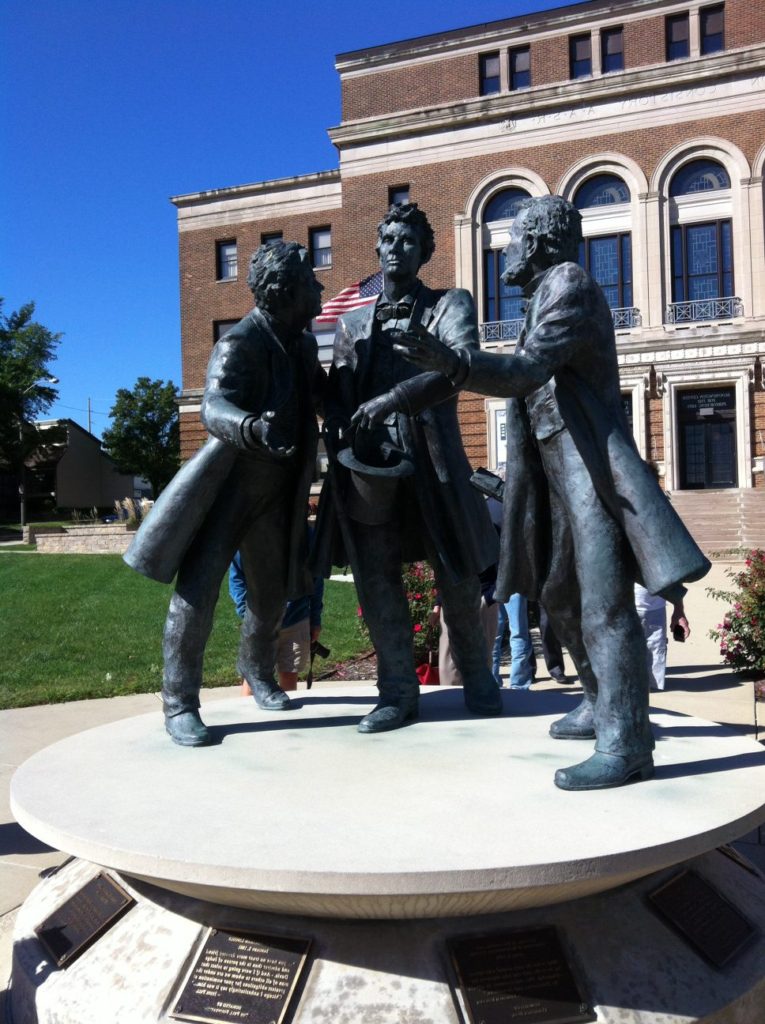
But Davis wasn’t the only 8th circuit colleague who was important in Lincoln’s life. One of our stops was the Jumonville statue of Lincoln, Davis, and Jesse Fell, called “The Convergence of Purpose.” Fell was a lawyer, banker, land owner, and editor of a key Republican paper that promoted Lincoln. It was to Fell that Lincoln sent his first handwritten biography that helped the eastern states know more about Lincoln. We also stopped at the McLean County Historical Museum where Bill Kemp regaled us with Lincoln’s connections to the area. Bob Lenz then gave us a great walking tour of the neighborhood. We also got an impromptu look at Guy Fraker’s office, filled with some amazing Lincoln artifacts and photos.
And that was just the morning. After lunch we boarded the bus and winded our way along the side roads following Lincoln’s horse beats on the circuit. We saw the small shed on the Hoblit Farm Lincoln slept in, checked out the county line markers, and visited in two of the courthouses on the circuit. At Mt. Pulaski we not only got a tour, we got jokes – Lincoln’s favorite jokes and stories – well told. Our group of Lincoln scholars got a lot of laughs along with a lot of information.
We wrapped up with dinner in Atlanta (the one in Illinois, not Georgia). Our long day started at 8 am and ended when we checked into our hotel in Lincoln, Illinois at 8 pm. Being able to follow Lincoln along the 8th circuit routes was a transcendental day for all of us. Book learning and lectures are great for learning facts, but traveling the places where Lincoln walked is best for experiencing the feeling of the era. Add the incomparable insights all day long from Bob Lenz and Guy Fraker. There is nothing better.
Day 2
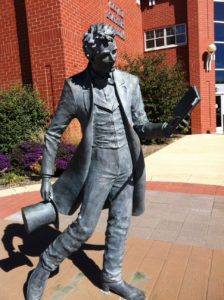 Our second full day began at the Lincoln Heritage Museum on the campus of Lincoln College in, Lincoln, Illinois, of course. We were greeted by Director Tom McLaughlin and Assistant Director and Curator Anne Mosely, who gave us a primer on the museum. The first floor was a standard museum format, with a series of displays showing artifacts and history of Lincoln’s life. The second floor gave us one of the most unique museum experiences we’ve ever seen. You begin by joining the Lincoln’s in their box at Ford’s Theatre watching as the assassination unfolds. Several LGDC members virtually reached out to grab Booth as the fatal shot was fired as the multimedia visuals unfolded. From there we moved room to room on a timed basis, with doors to the next room opening automatically as each vignette finished. Sophisticated choreographing in time with strategic lightly and voices from the skies provided a multimedia look at each aspect of Lincoln’s life. It truly was a unique presentation.
Our second full day began at the Lincoln Heritage Museum on the campus of Lincoln College in, Lincoln, Illinois, of course. We were greeted by Director Tom McLaughlin and Assistant Director and Curator Anne Mosely, who gave us a primer on the museum. The first floor was a standard museum format, with a series of displays showing artifacts and history of Lincoln’s life. The second floor gave us one of the most unique museum experiences we’ve ever seen. You begin by joining the Lincoln’s in their box at Ford’s Theatre watching as the assassination unfolds. Several LGDC members virtually reached out to grab Booth as the fatal shot was fired as the multimedia visuals unfolded. From there we moved room to room on a timed basis, with doors to the next room opening automatically as each vignette finished. Sophisticated choreographing in time with strategic lightly and voices from the skies provided a multimedia look at each aspect of Lincoln’s life. It truly was a unique presentation.
After a quick lunch at the locally famous Blue Dog Inn we walked across the street to a statue of a watermelon. Yes, watermelon. Because the town was named after Lincoln when he was still alive, and no where near famous, Lincoln was asked to christen the town, which he duly did by hacking open a watermelon and ceremonially spilling the watermelon juice onto the ground.
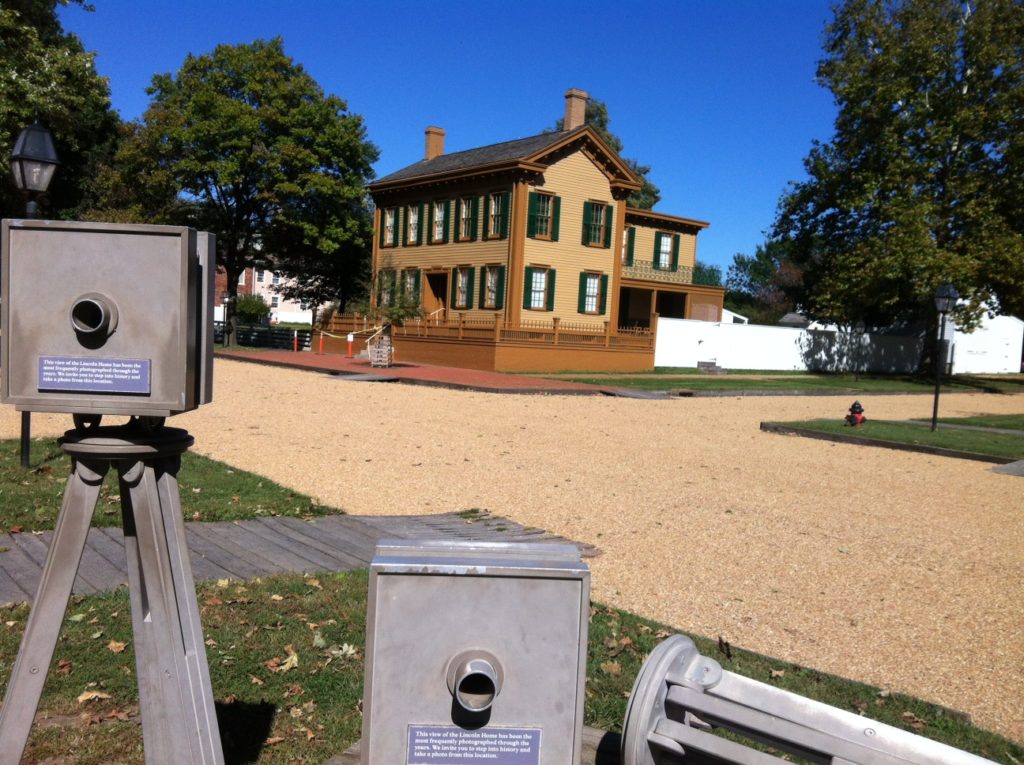
Back on the road we stopped next at the Lincoln Home National Historic Site. The Lincoln’s lived for 17 years at 413 S 8th Street in Springfield. Three of their sons were born there, and one of them died. Our group received a personal tour of the home, a house that receives as many as 900-1000 people on its busiest day. Along with the Lincoln house are four blocks of 1860-period restored buildings, each with their own story to tell.
Two doors down is the National Park Service Conference Center, where we gathered to hear from two of the greatest names in Springfield and Lincoln scholarship – Dick Hart and Wayne C. Temple. Hart is an expert on Springfield and talked a bit out his newest book, “Lincoln’s Springfield Neighborhood.” We were surprised to find that the neighborhood was incredibly diverse, with a vibrant African-American community as well as Irish, German, Portuguese, and others. Among the stories Dick told was the story of Jameson Jenkins, a free black man living 1/2 a block form the Lincoln’s and who became good friends with Abraham. Following Dick was the incomparable Wayne C. Temple. Retired from the Illinois State Archives earlier this year after 51 years of service – and at 92 years of age – Wayne is still a wonderful story teller, funny and insightful. A protege of J.G. Randall, Wayne Temple was the impetus for the Lincoln Day-by-Day project in 1959, which the Lincoln Group of DC helped bring to fruition. In fact, Wayne said he was incredibly proud to have worked with us and acknowledged that Day-by-Day never would have happened without the LGDC. He further suggested that there are plenty of gaps that perhaps we could work to fill in even today.
It continues to be a thrill to all of us on the trip to hear from some of the great Lincoln scholars in the area. And we’ve only just begun. Tomorrow – the Abraham Lincoln Presidential Library and Museum.
Pre-order Lincoln: The Fire of Genius now on Amazon and Barnes and Noble (click on the respective links to pre-order). The price is likely to drop before the final shipment, and any pre-orders will automatically get charged the lower price at fulfillment. Pre-ordering now helps the publisher get a sense of the interest, which could mean a bigger print run. So please go ahead and pre-order without worries. While you’re there, check out my other books.
The book is also listed on Goodreads, the database where I keep track of my reading. Click on the “Want to Read” button to put it on your reading list. That will also ensure you get informed of the release date AND will let you try for one of ten free hardcover copies of the book that I’ll be giving away this summer. I’ll also be giving away as many as a hundred e-books. [The book will also be put out on audio]
You also follow my author page on Facebook.
I’ll have much more about the book over the next few months, so join my mailing list here to keep informed.
David J. Kent is President of the Lincoln Group of DC and the author of Lincoln: The Man Who Saved America. His previous books include Tesla: The Wizard of Electricity andEdison: The Inventor of the Modern World and two specialty e-books: Nikola Tesla: Renewable Energy Ahead of Its Time and Abraham Lincoln and Nikola Tesla: Connected by Fate.
Check out my Goodreads author page. While you’re at it, “Like” my Facebook author page for more updates!



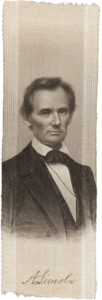 Seven score and sixteen years ago the United States experienced a contentious election. The populace was terribly divided, one campaign openly pandered to the fears of white Americans, and the survival of the Union was in question. The winner of that election in 1860 was Abraham Lincoln, our 16th President.
Seven score and sixteen years ago the United States experienced a contentious election. The populace was terribly divided, one campaign openly pandered to the fears of white Americans, and the survival of the Union was in question. The winner of that election in 1860 was Abraham Lincoln, our 16th President.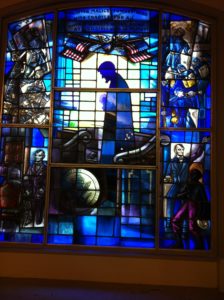
 As the current day political conventions get ready to officially name Hillary Clinton and Donald Trump as the Democratic and Republican nominees, it brings us back to when a relatively unknown Abraham Lincoln unexpectedly gained the nomination – and won the election – of 1860.
As the current day political conventions get ready to officially name Hillary Clinton and Donald Trump as the Democratic and Republican nominees, it brings us back to when a relatively unknown Abraham Lincoln unexpectedly gained the nomination – and won the election – of 1860.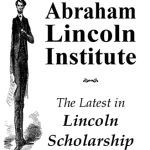 This past weekend I attended a fascinating day at Ford’s Theatre in Washington, DC, where the
This past weekend I attended a fascinating day at Ford’s Theatre in Washington, DC, where the 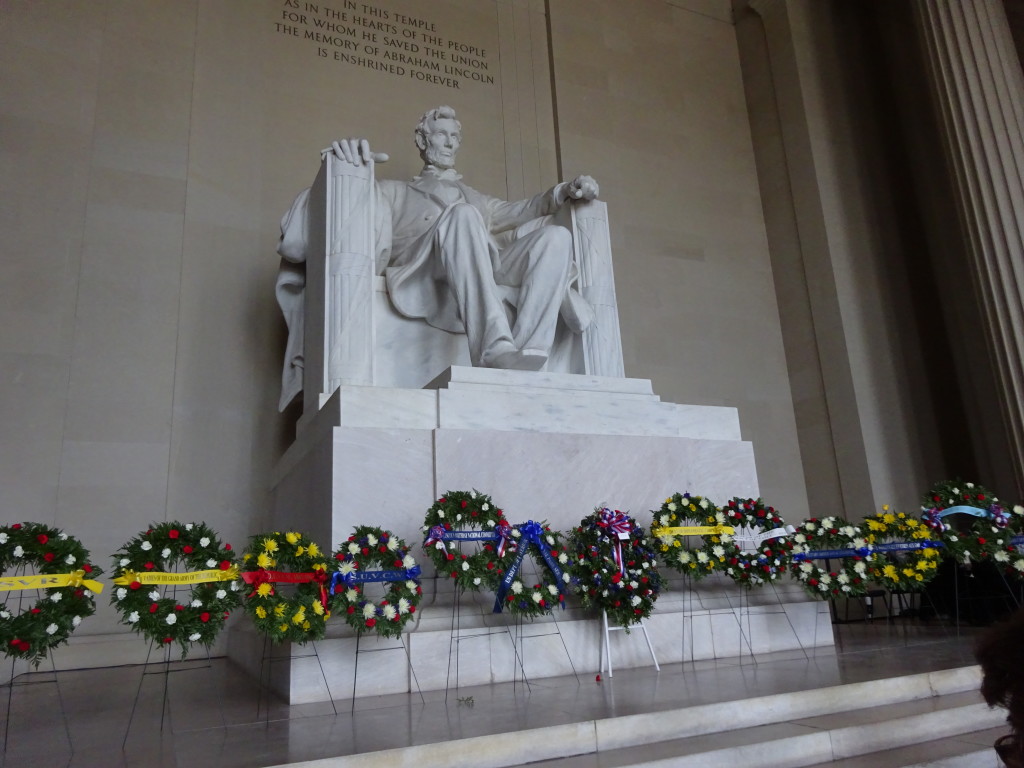
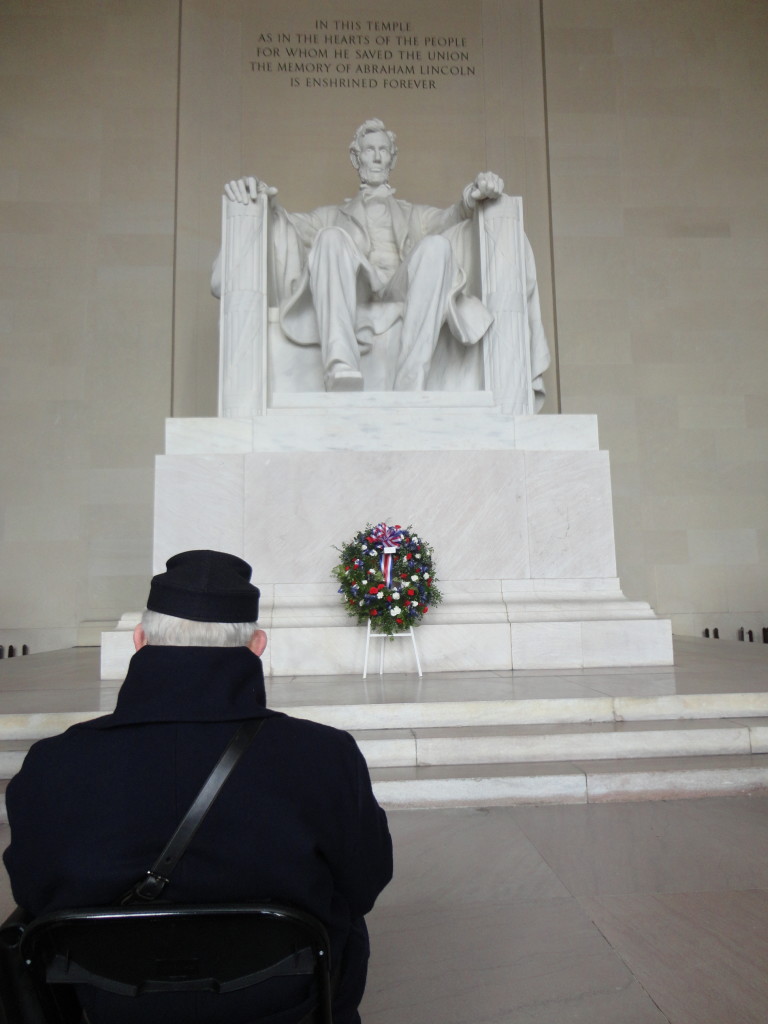


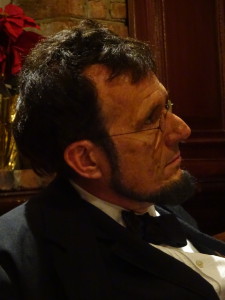
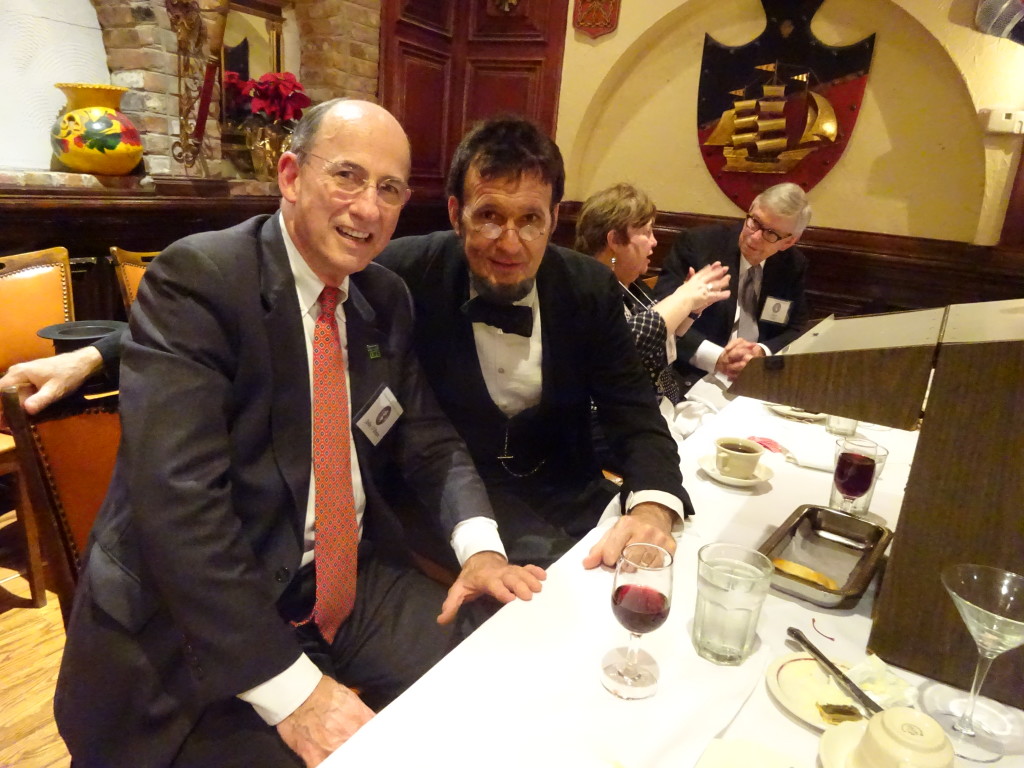
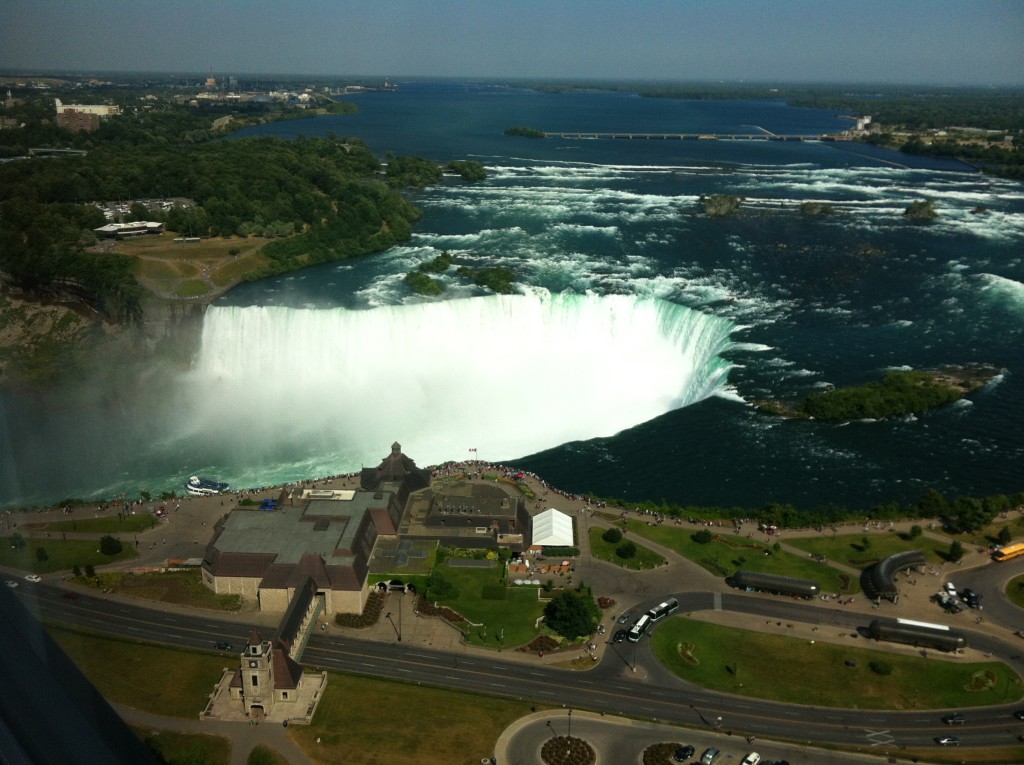
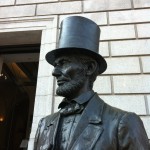 Tuesday, October 20, 2015 will be a first for me. After giving well over a hundred presentations on science topics I give my first official presentation on Abraham Lincoln. I hope many more will follow.
Tuesday, October 20, 2015 will be a first for me. After giving well over a hundred presentations on science topics I give my first official presentation on Abraham Lincoln. I hope many more will follow.